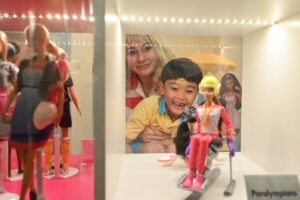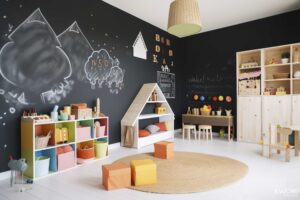This website uses cookies to enhance your experience and improve our website functionalities. By continuing to use this website, you agree to our use of cookies as outlined in our privacy policy.

Parent’s Guide: Expected Reading Proficiency by Age

Private preschool vs government preschool: What’s the difference?
Preschool
/Curriculum
/Insights

7 advantages bilingual children have over their peers
Preschool
/Behaviour
/Learning

6 considerations when choosing a Chinese preschool
Preschool
/Insights

Planning an evening ritual after childcare

Balancing Work and Childcare: Managing Parental Guilt
Preschool

NTUC First Campus launches first-of-its-kind experiential clubs for its preschoolers and their families
Preschool

How Local kindergartens Differ From International Kindergartens in Singapore
Curriculum
/Kindergarten
